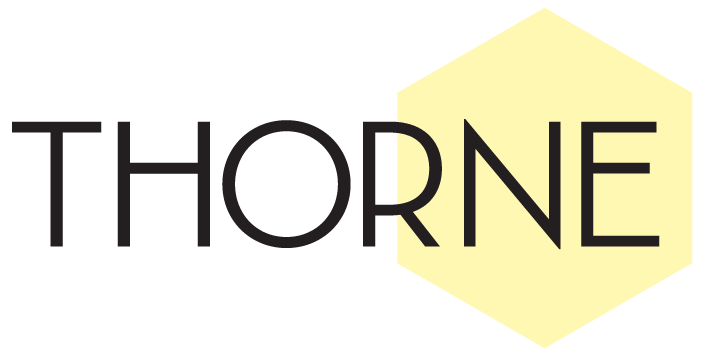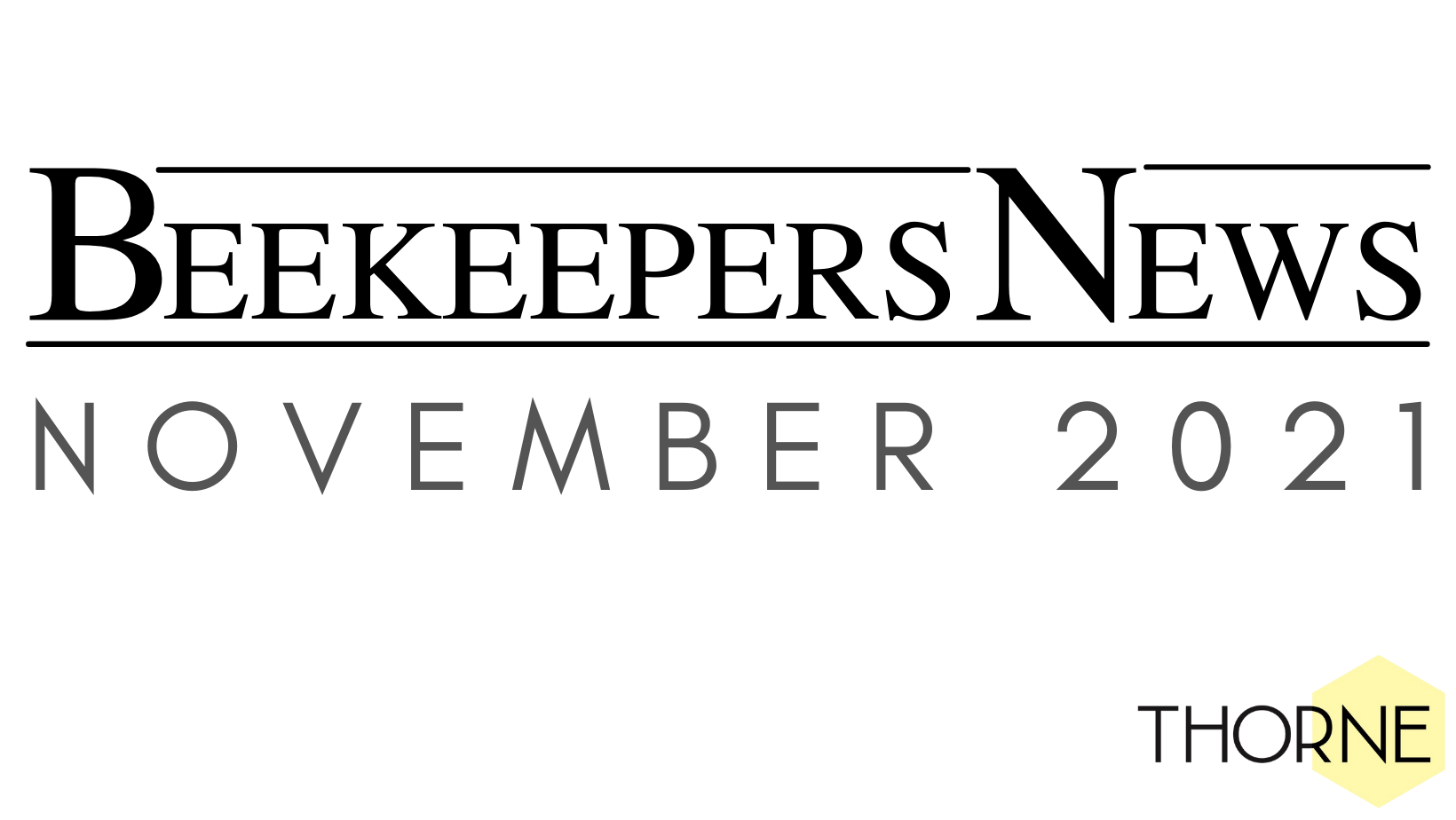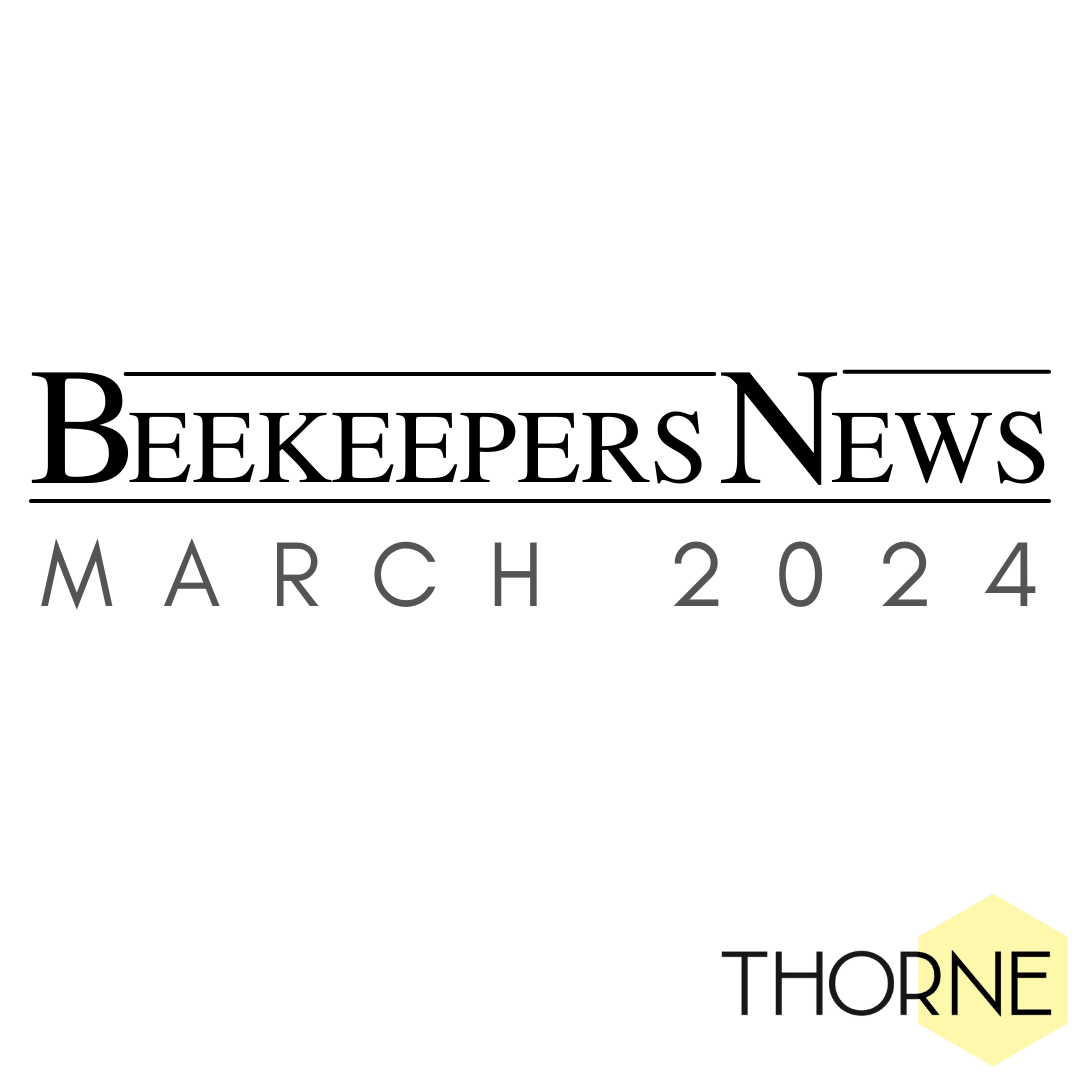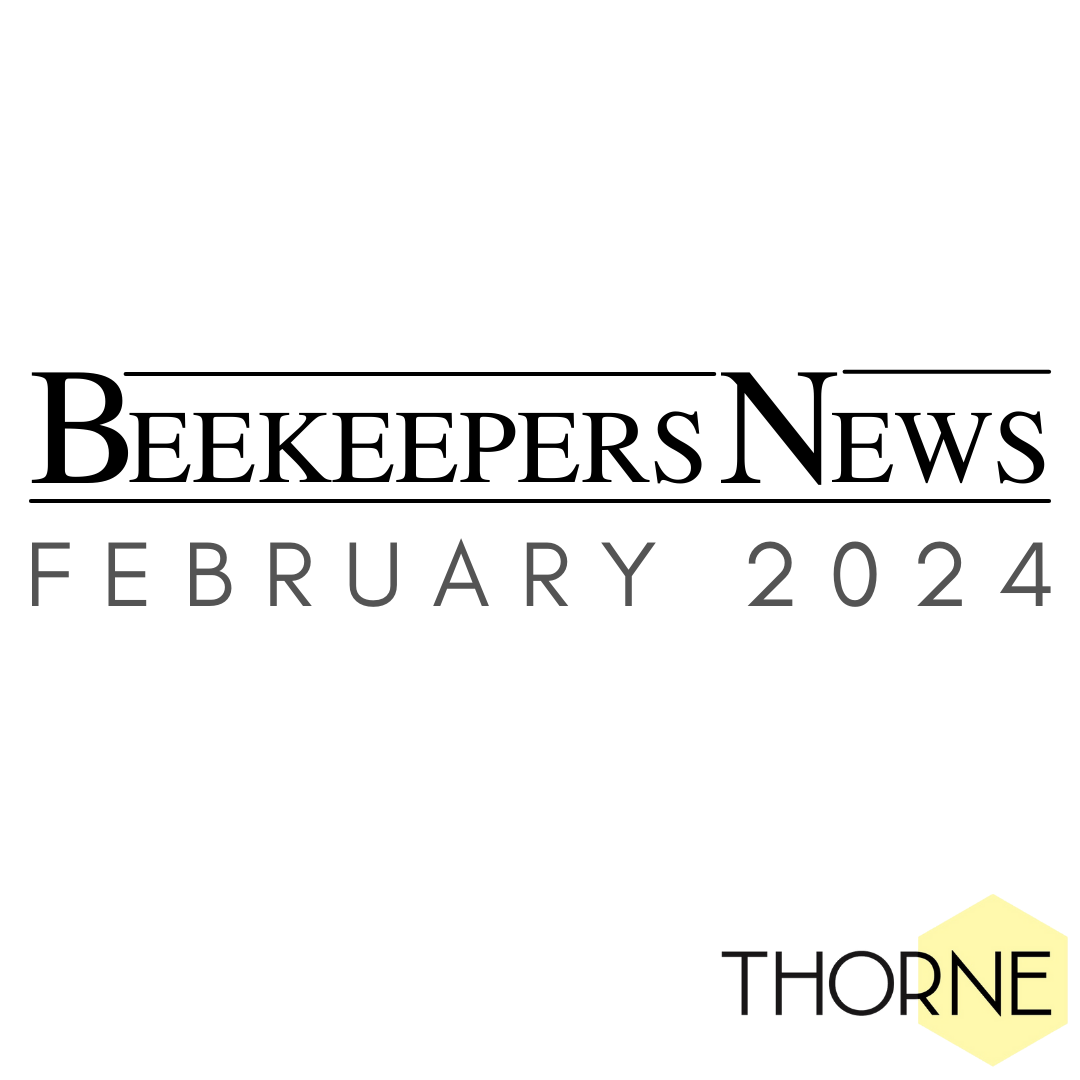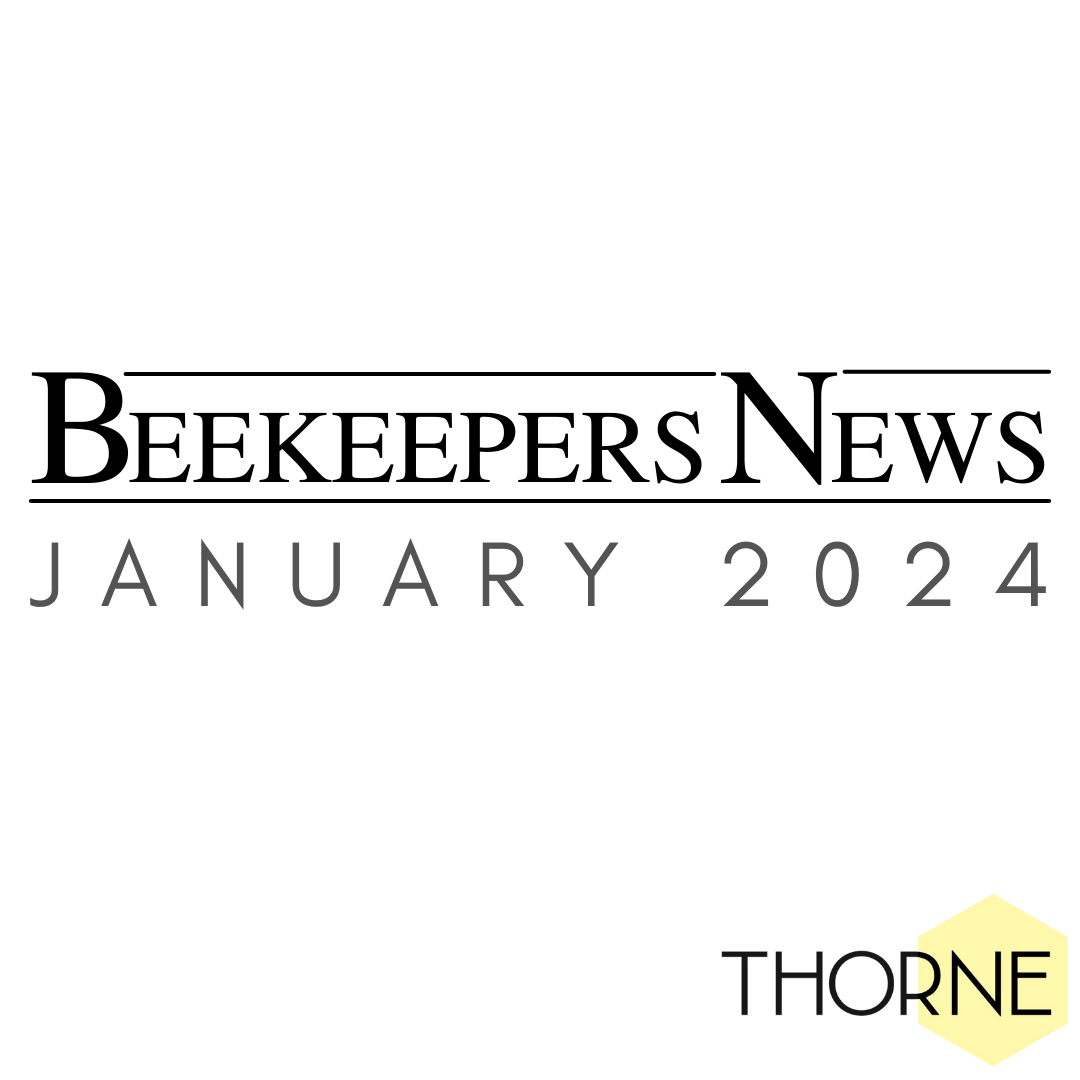October was a busy month for the Thorne team! We had our last two sale days, which included our sale and open day here at our head office in Rand. The open day was a great success, from factory tours to tea and cake in the restaurant, to wax conversion and bargain buys!
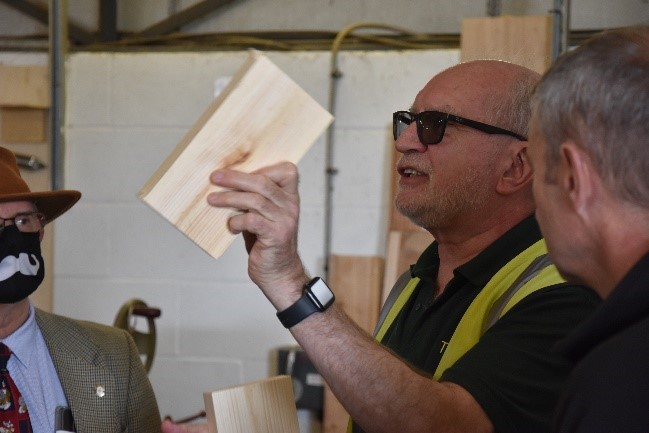
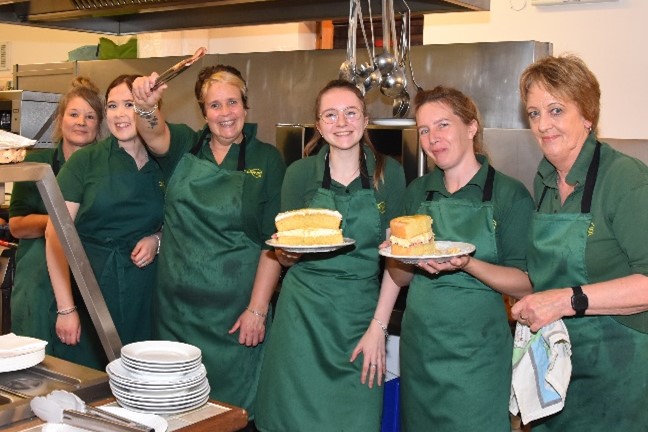
We also attended the National Honey Show at Sandown Racecourse. It was lovely to see people face-to-face after so long, and we would like to say a big thank you to Bob Maurer and the whole team for hosting such a fantastic event.
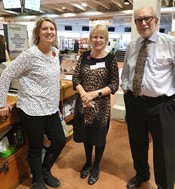
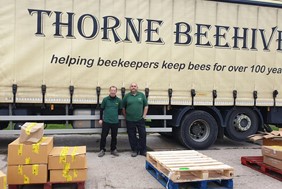
As the bees are starting to settle into their hives for winter, our resident beekeepers will be about to answer any of your questions you may have. You can reach them by email on beekeeping@thorne.co.uk
With Christmas (yes, we said the word!) creeping up on us, keep an eye on our website and social media for our gift guide. From stocking fillers to those extraordinary gifts, we will have something for every bee-crazy individual in your life.
New
Honey Labels
We have designed a variety of new labels and they will be appearing on our website over the next couple of months. The two first designs are now live, including matching tamper labels.
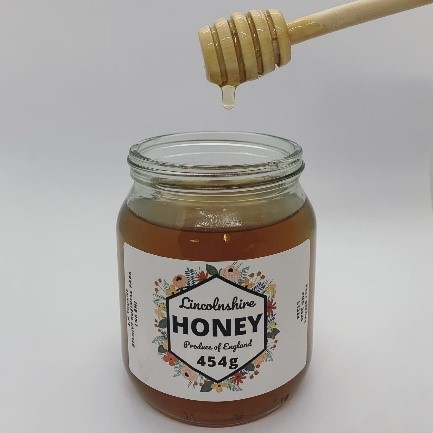
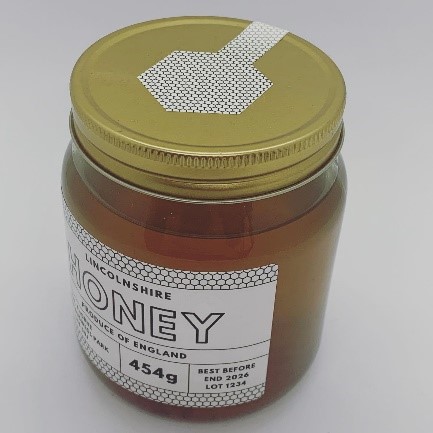
You can find the floral design by searching “L409” and then “L410” for the black and white design. These designs can be personalised with your local area name, place of origin and come in Large (80 x 51mm), Medium (63.5 x 46.6mm), Small (63.5 x 38.1mm), Tiny (38.1 x 21.2mm), Large Oval (95 x 53mm), Small Oval (60 x 49mm), Large Square (51 x 51mm) and Small Square (40 x 40mm).

Special Offer
Protek Paint
Protek wood stains and paints are safe to use with bees! Protek products are water based, low odour and low VOC (Volatile Organic Compound).
We are currently offering 10% off Protek products instore, online and over the phone. Enter the code PROTEK01 at the checkout online.
Equipment Focus
SHINS
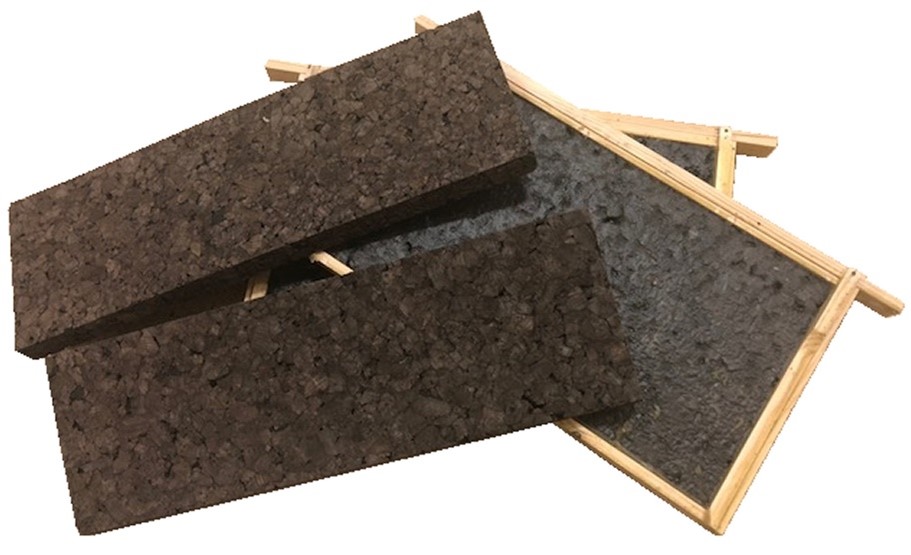 Sustainable Hive Insulation (SHINS) is insulation for your hive, made from sustainable material. SHINS is made from cork which is known as a highly efficient insulator in the construction industry. It has a thermal conductivity rating of 0.039 W/m.K. Expanded polystyrene foam, used extensively in polystyrene hives is 0.03 W/m.K.
Sustainable Hive Insulation (SHINS) is insulation for your hive, made from sustainable material. SHINS is made from cork which is known as a highly efficient insulator in the construction industry. It has a thermal conductivity rating of 0.039 W/m.K. Expanded polystyrene foam, used extensively in polystyrene hives is 0.03 W/m.K.
SHINS are available in three sizes to suit National Hives: National Super, National Brood and 14x12 Brood. Each kit contains two appropriately sized frames and shaped CORK insert that fits snugly between the locking bars. These inserts are held in place with a large rubber band, big enough to fit around the entire hive.
The SHINS frames are based around a standard Hoffman frame with insulation inserted rather than foundation. These frames are beeswax coated. Remove one outside frame from the box you are insulating and place two SHINS, one on each side, of the remaining frames. You overwinter therefore with ten conventional frames and two SHINS.
Do not place the wax covered, frames in the hive too early in the season or the bees may try to work the frames. Only place them in the hive when you are feeding and the chance of comb building is over.
Ask the Expert
The history of the Langstroth beehive
The Langstroth beehive was invented by the American Reverend Lorenzo Langstroth in the 1850s.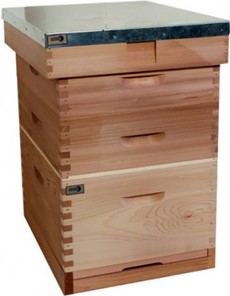
At a time when skeps were used to keep bees, Langstroth made the observation that when his bees had between 6 and 9mm of space in which to move, they would neither use wax to build comb into that space nor close it off with propolis. This space is what we now call ‘bee space’.
He realised that this bee space would help in designing a hive where the bees didn’t build comb to the insides of the box like they did with the skep. This gave way to the invention of moveable frames, which allowed the beekeeper to inspect the hive without injuring the bees or cutting out combs.
Lorenzo also designed the hive so that it would open from the top. The combination of the moveable frames and the top opening proved to be a success with beekeepers and so it gained popularity.
Being able to get into the hive quickly with minimal disturbance to the bees meant that bees could be inspected more often for disease, swarming or really anything else that needed beekeeper intervention. It became obvious that this was essential for successful bee husbandry. Langstroth’s hive paved the way for many more moveable framed hives which we know and use today.
The original hive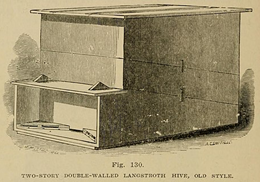
The Langstroth hive as Lorenzo designed it is reputed to have been based on the dimesions of a case of champagne. Apparently however, his plans are not very easy to follow, leaving out details with illustrations and descriptions that don’t quite match. He created five variations of hive from a basic box to a double walled hive with a glass window.
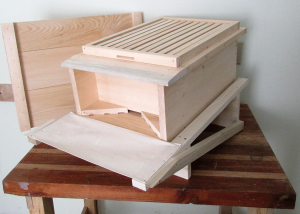 The one he recommended was his number 2 hive, which does not have an observation window, pictured opposite:
The one he recommended was his number 2 hive, which does not have an observation window, pictured opposite:
The Langstroth’s lower, non-removable box would contain most of the brood. Then an aptly named bottom board would be placed on top of the lower box. This had holes drilled into it to allow the passage of bees from one box to another, much like a modern-day queen excluder that doesn’t exclude the queen. Then any other boxes could also be placed on top of the upper box.
The modern day Langstroth
Today’s Langstroth hive bears very little resemblance to this but there still remains a variation in dimensions.
These days the hive comprises the usual parts you would expect to find: a separate floor, brood box, queen excluder, supers, crown board and roof. It is a single walled hive rather than double. It has a large brood box, rectangular in shape with the frame runners on the short edges. The frames are large with short lugs, giving the brood box as much space for brood and stores as possible. This vast space is ideal for larger colonies. Now, the supers are shallower, but still a good size and heavy when full of honey.
The Langstroth hive is widely used in the UK but is even more popular in North America and in Australia.
First Quality Complete Langstroth
[FLAT £343.20] [ASSEMBLED £479.40]
Budget Langstroth
Blog
October
Last month we definitely saw the temperatures drop and this really shows us that the start of the end of the active beekeeping season has begun.
The bees have been fed fondant to make sure they have enough stores to last them as we go into winter. As the season progresses, we will continue to heft the hives and double check that they have enough to keep them going.
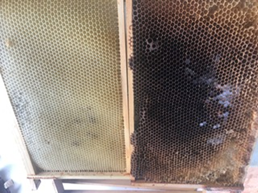 Last month we made a start on clearing up the apiary and this month we have been sorting through frames, looking at the combs and putting any that look over two years old to one side so we can clear the frames up for next year. This is fairly arduous, and we do get a few wax moth larvae here and there because those little critters just love older comb! This is all being cleared up ready for next year so we can start on lovely new frames or at least decently drawn, clean combs.
Last month we made a start on clearing up the apiary and this month we have been sorting through frames, looking at the combs and putting any that look over two years old to one side so we can clear the frames up for next year. This is fairly arduous, and we do get a few wax moth larvae here and there because those little critters just love older comb! This is all being cleared up ready for next year so we can start on lovely new frames or at least decently drawn, clean combs.
 We had some strong winds this month across the country and it was no different here in Lincolnshire. This is why we decided to strap the hives down, to stop them from blowing apart. We have been caught out in the past with sudden gales, so we didn’t want the hive parts to be blown over again – this is traumatic for the bees, if not fatal and just unnecessary extra work for us! Ratchet straps are the strongest solution for hive strap but there are other, more budget straps available that do a similar job.
We had some strong winds this month across the country and it was no different here in Lincolnshire. This is why we decided to strap the hives down, to stop them from blowing apart. We have been caught out in the past with sudden gales, so we didn’t want the hive parts to be blown over again – this is traumatic for the bees, if not fatal and just unnecessary extra work for us! Ratchet straps are the strongest solution for hive strap but there are other, more budget straps available that do a similar job.
Mouseguards have been secured to most hives, although we do still have a few hives left that need them on the front to stop those pesky little rodents setting up home in the hives over winter!
We imagine next month will be much the same; tidying up the apiary and cabin, checking for food and making sure the hives are secure from the elements and from pests.
Book review
‘Having Healthy Honeybees. The beekeeping and science’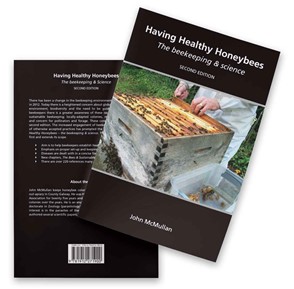
by John McMullan.
2nd Edition. Published by Northern Bee Books, UK. ISBN 978-1-912271-90-0. 6” x 9”, 178 pgs. Soft cover, colour throughout. £19.95
The publisher sums up the philosophy of the author quite well - Today there is a heightened concern about global warming, the natural environment, biodiversity, and the need to be guided by science. The author has a PhD in zoology, (parasitology) from Trinity College in Dublin, Ireland, studying parasites of the honeybee.
Not surprisingly, the science of this book is quite outstanding. It systematically identifies a disease or ailment, describes the symptoms, shows you, in several photos early, middle, and late stages, then outlines what can and should be done because your bees have this disease or ailment. It’s all quite straight forward, up to date, and easy to understand. And every problem bees can get is covered. I’m pretty sure absolutely everyone.
Up front there is a bit about the history of beekeeping, from the Ireland’s perspective (he lives in Dublin), setting up an apiary and what equipment is needed to keep bees. Then it dives in. First bacteria, then fungi/Micosporidia, mites and beetles, viruses, and then some disorders not already covered. Moving on to problems with queens, being a careful beekeeper, and finishing with issues with nutrition.
Explaining how the Ireland handles diseases is thorough, but perhaps unnecessary for other countries, but knowing with other beekeepers must adhere to is both educational for us, and certainly worth knowing about and perhaps copying to some degree.
Over 220 references make further research easy, and a detailed glossary keeps some of the very detailed descriptions easy to understand.
- By Kim Flottum of Growing Planet Media and published in Bee Culture.
Bees for Development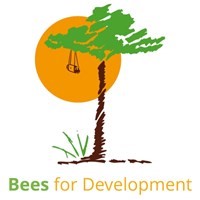
Uganda
Bees for Development is working with Batwa people to regain access to keep bees in the forest from which they have long been denied access. With training provided by our partners at TUNADO, these highly disadvantaged people now have good opportunity to make sustainable income. Please read more at https://www.beesfordevelopment.org/news/beekeeping-with-batwa/
National Honey Show
We so enjoyed being with old friends and new at last month’s National Honey Show, at Sandown Park in Surrey. Bees for Development’s Fun Bee Quiz was very well attended – an important social event in the beekeeping calendar! A complete Thornes' cedar bee hive, donated by supporter John Chapple, was one of a fabulous range of raffle prizes kindly donated by Honey Show stall holders.
Coming soon
The Big Give Christmas Challenge is your chance to have every donation you can give to Bees for Development doubled by our generous 'champion donors’. We are raising funds for crucial work in Ethiopia, at a time when the country faces unrest, leaving 12 million people in frightening conditions of poverty and food shortage. We work in Northern districts, already the poorest, that are being especially hard hit. Our team on the ground needs all the support we can give. Every pound you give will be matched, doubling the good results we can achieve. Put a note in your diary for noon 30 November, when our crucial fundraising campaign begins for one week. The link will be here: www.beesfordevelopment.org Thank you
National Honey Show
Last month’s National Honey Show was a huge success, despite all the Covid limitations. We had a superb number and variety of exhibits, the winner of class 86 presenting the staging team with a challenge for displaying the bee. The amazing, eye-catching model is intended for educational purposes and to attract the public at events to learn more about bees and becoming a beekeeper.
This year’s lectures were live streamed for members to enjoy if they couldn’t attend the show, and also available to non-members for a small fee. The lectures will also be published as usual on The National Honey Show YouTube channel in due course.
Have you never been to the show? Wondered what it’s all about? Encouraged by the IT/media team involved in recording lectures, Rebecca and Val each recorded a live walkthrough at the show, giving a flavour of show and its lively atmosphere. These are still available to view on The National Honey Show Facebook page so take a look:
https://www.facebook.com/nationalhoneyshow
and make a note to come along and see the show for yourself next year: 27 to 29 October 2022.
Upcoming Events
Black Friday Deals: 22nd - 30th November
Winter Sale: starting from 27th December
